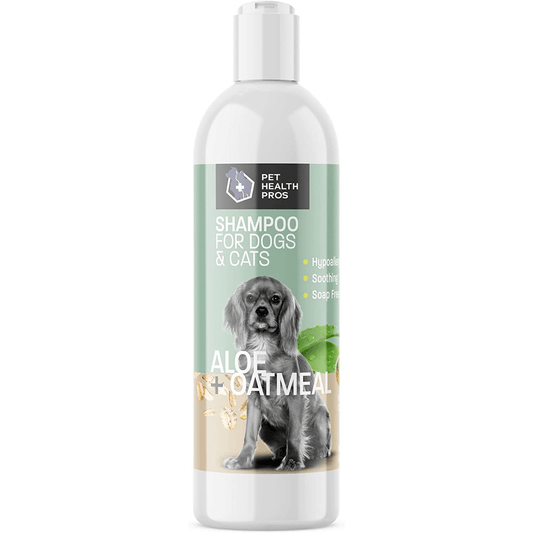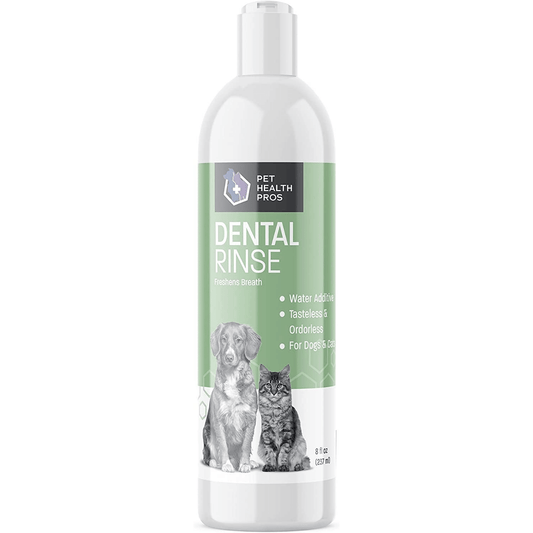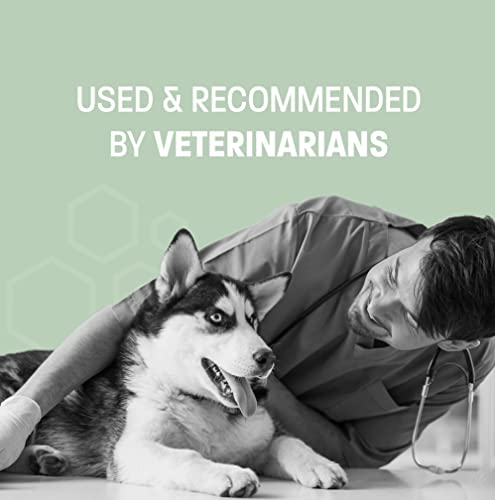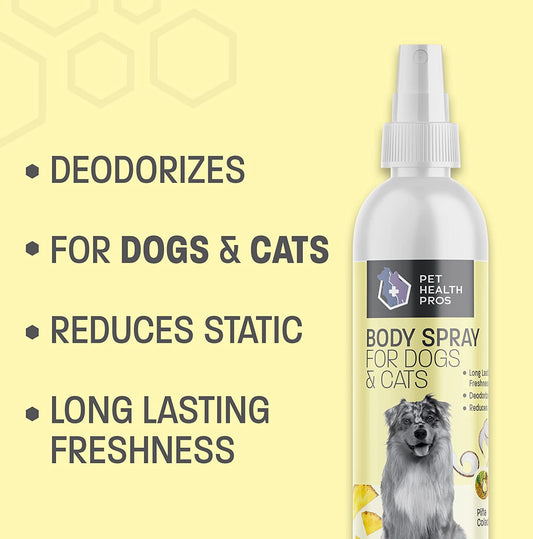Ever wondered why chlorhexidine and ketoconazole are often mentioned together in the world of antifungal treatments? Well, these two have been making waves due to their unique ways of fighting fungal infections. Chlorhexidine is often seen in mouthwashes and skin cleansers, while ketoconazole is popular in shampoos and creams. When combined, they pack a powerful punch against fungi, making them a go-to choice for many healthcare providers. Let's dive into what makes these two so special and how they work together to tackle fungal problems.
Key Takeaways
- Chlorhexidine and ketoconazole are key players in fighting fungal infections.
- These compounds work well together, enhancing each other's effectiveness.
- They are used in various products like shampoos, creams, and cleansers.
- Both have unique mechanisms that target fungi differently.
- Consulting with healthcare professionals is crucial for proper use.
Understanding Chlorhexidine and Ketoconazole
What is Chlorhexidine?
Chlorhexidine is a chemical antiseptic that's widely used for skin disinfection before surgery and to sterilize surgical instruments. It's known for its ability to kill a broad range of bacteria, fungi, and viruses, making it a versatile solution in medical settings. Chlorhexidine is often favored for its long-lasting antimicrobial effects, which continue to work even after application. It's available in various forms, such as solutions, gels, and wipes, making it adaptable for different uses.
What is Ketoconazole?
Ketoconazole is an antifungal medication primarily used to treat fungal infections on the skin and in the body. It works by interfering with the cell membranes of fungi, preventing them from growing and spreading. This medication comes in several forms, including creams, shampoos, and tablets, allowing it to be used for both topical and systemic infections. Ketoconazole is particularly effective against conditions like athlete's foot, ringworm, and seborrheic dermatitis.
How Do They Work Together?
When chlorhexidine and ketoconazole are used together, they offer a comprehensive approach to tackling fungal infections. Chlorhexidine's broad-spectrum antimicrobial activity complements ketoconazole's targeted antifungal properties, potentially enhancing the overall effectiveness of treatment. This combination can be particularly useful in treating complex infections that involve both bacterial and fungal components. For example, in veterinary medicine, this duo is often applied in pet care to manage skin infections in animals, ensuring a thorough and effective treatment.
Mechanisms of Action in Antifungal Treatments
Chlorhexidine's Antifungal Properties
Chlorhexidine is known for its broad-spectrum antimicrobial activity, which includes antifungal properties. It disrupts the cell membrane of fungi, leading to leakage of cell contents and ultimately cell death. This makes it effective against a variety of fungal species, including yeast and dermatophytes. Chlorhexidine's ability to bind to the skin and mucous membranes allows it to provide prolonged antimicrobial effects, making it a valuable component in antifungal treatments.
Ketoconazole's Role in Treating Fungal Infections
Ketoconazole is a well-known antifungal agent that works by inhibiting the synthesis of ergosterol, a crucial component of fungal cell membranes. Without ergosterol, the cell membrane becomes compromised, leading to cell lysis and death. Ketoconazole is effective against a wide range of fungi, including Candida and Malassezia species. Its ability to target the cell membrane makes it a powerful tool in the treatment of fungal infections.
Synergistic Effects of Combined Use
When used together, chlorhexidine and ketoconazole can have a synergistic effect, enhancing their individual antifungal properties. This combination can lead to more effective treatment outcomes, particularly in stubborn or resistant fungal infections. The dual action of disrupting cell membranes and inhibiting ergosterol synthesis can provide a comprehensive approach to tackling fungal pathogens.
Combining chlorhexidine and ketoconazole in treatments not only broadens the spectrum of antifungal activity but also helps in reducing the likelihood of resistance development. This approach can be especially beneficial in clinical settings where complex fungal infections are treated.
Clinical Applications and Effectiveness
Use in Dermatology
Chlorhexidine and ketoconazole are widely used in dermatology to treat various skin conditions caused by fungal infections. Ketoconazole, an antifungal agent, is particularly effective in treating conditions like seborrheic dermatitis and dandruff. Chlorhexidine, on the other hand, serves as a powerful antiseptic, reducing bacteria on the skin and preventing secondary infections. When used together, they offer a comprehensive approach to managing skin health.
Effectiveness in Veterinary Medicine
In the realm of veterinary medicine, these compounds are essential for treating fungal infections in animals. For instance, topical treatments for ringworm in dogs often include both ketoconazole and chlorhexidine. This combination not only targets the fungal infection but also helps in preventing any associated bacterial infections, ensuring a faster recovery.
Comparative Studies and Results
Studies comparing the effectiveness of chlorhexidine and ketoconazole with other antifungal treatments have shown promising results. The combination therapy tends to outperform single-agent treatments, offering faster relief and reducing the likelihood of recurrence. Researchers have noted that the synergistic effect of these two agents can lead to improved outcomes in both human and veterinary applications.
Combining chlorhexidine and ketoconazole provides a robust strategy for tackling stubborn fungal infections, making it a preferred choice in many clinical settings.
Safety and Side Effects
Potential Side Effects of Chlorhexidine
Chlorhexidine is widely used for its antimicrobial properties, but it can cause some side effects. Skin irritation is the most common, often appearing as redness or a mild rash. Some people might experience allergic reactions, which can be more severe. In rare cases, chlorhexidine can lead to anaphylaxis, a serious allergic reaction that requires immediate medical attention. It's also important to note that chlorhexidine can cause staining of teeth and tongue when used in oral care products. To minimize these effects, follow the instructions carefully when using chlorhexidine wipes.
Ketoconazole Safety Profile
Ketoconazole is another antifungal agent, mainly used in shampoos and creams. While effective, it can also produce side effects. The most frequent are skin reactions such as burning, itching, or redness. Some users might experience hair texture changes or even hair loss when using ketoconazole shampoo. Oral ketoconazole has been linked to liver toxicity, so it's crucial to monitor liver function if the medication is taken for extended periods. Always consult a healthcare provider before starting treatment with ketoconazole.
Managing Adverse Reactions
Managing side effects involves several strategies. First, if you notice any skin irritation, stop using the product immediately and consult a healthcare professional. For oral medications, regular check-ups are essential to monitor any adverse effects. Here are a few tips to handle side effects effectively:
- Always use the product as directed by a healthcare provider.
- Report any unusual symptoms to a doctor right away.
- Consider patch testing before using a new topical treatment to check for allergies.
Being informed and cautious is key when using antifungal treatments like chlorhexidine and ketoconazole. Understanding potential side effects and knowing how to manage them can lead to more effective and safer use of these medications.
Choosing the Right Treatment for Fungal Infections
Factors to Consider
When it comes to picking the right treatment for fungal infections, there are several things you need to think about. First up, the type of fungus causing the infection is crucial. Different fungi respond to different treatments, so knowing what you're dealing with is step one. Next, consider the severity of the infection. Mild cases might just need topical treatments, while more serious infections could call for oral medications or even a combination of therapies. Lastly, don't forget about any other health conditions you have. Some treatments might not be suitable if you're dealing with other medical issues.
Consulting Healthcare Professionals
Before jumping into any treatment, it's always a good idea to chat with a healthcare professional. They can help diagnose the type of fungal infection and recommend the best treatment options for you. Consulting a doctor ensures that you're not only treating the infection effectively but also safely. Plus, they can monitor your progress and tweak the treatment plan if needed.
Personalized Treatment Plans
Everyone's different, and so are their infections. That's why personalized treatment plans are so important. A tailored approach considers your specific needs, the type of infection, and how your body reacts to different treatments. This way, you get a plan that's just right for you, increasing the chances of a successful outcome.
Choosing the right treatment isn't just about picking a medication off the shelf. It's about understanding your condition, consulting with professionals, and finding a plan that fits your unique situation.
Future Directions in Antifungal Research
Innovations in Antifungal Therapies
The world of antifungal treatments is buzzing with new possibilities. Researchers are constantly testing new compounds to find more effective ways to combat fungal infections. These innovations aim to improve how quickly treatments work and reduce side effects. Some of these new therapies are focused on targeting the fungi more precisely, which could mean fewer side effects for patients.
Research on Chlorhexidine and Ketoconazole
Chlorhexidine and ketoconazole are already well-known in antifungal circles, but there's always room for improvement. Scientists are exploring how these two can be used in new ways or combined with other treatments to boost their effectiveness. This research is crucial because fungal infections can be stubborn, and having more options could make a big difference in treatment success.
Potential for New Treatment Combinations
Combining different antifungal agents can sometimes lead to better outcomes. For instance, using ketoconazole and chlorhexidine together might enhance their antifungal action. This approach is not just about mixing drugs but finding the right balance to maximize their benefits while minimizing risks. Future studies might reveal even more promising combinations that could change how fungal infections are treated.
Patient Education and Awareness
Understanding Treatment Options
When it comes to treating fungal infections, it's really important to know what your options are. Chlorhexidine and ketoconazole are two key players in the fight against these pesky infections. Chlorhexidine is often used as a disinfectant and antiseptic, while ketoconazole is a go-to antifungal medication. They both work in their own ways to tackle fungal issues, but together, they can be even more effective.
Importance of Adherence to Treatment
Sticking to your treatment plan is crucial. If you start a treatment regimen, make sure to see it through to the end. This is because stopping early can lead to the infection coming back, and sometimes even stronger. Here are some tips to help you stay on track:
- Set reminders on your phone to take your medication.
- Keep your medicine in a visible place so you remember to use it.
- Talk to your doctor if you're experiencing any side effects.
Resources for Further Information
If you're looking for more info on how to manage fungal infections, there are plenty of resources available. Your healthcare provider is always a good first step. Don't hesitate to ask them questions or express any concerns you might have. Additionally, there are numerous online platforms and community forums where you can share experiences and tips with others.
It's essential to understand that managing a fungal infection is not just about taking medication—it's about a comprehensive approach to health and hygiene. Regular check-ups and open communication with your healthcare provider can make a big difference.
For more on effective treatment, especially for conditions like ringworm, consulting a veterinarian can be key to maintaining your pet's health.
It's important to keep your pet healthy and happy. Educating yourself about their needs can make a big difference. Visit our website to learn more about how to care for your furry friend and find the best products for them!
Conclusion
In wrapping up our look at chlorhexidine and ketoconazole in antifungal treatments, it's clear these two have a lot to offer. Chlorhexidine is great for cleaning and prepping the skin, making it a solid choice for preventing infections. On the other hand, ketoconazole is a powerhouse when it comes to tackling fungal infections head-on. Together, they make a strong team in the fight against fungi. Whether you're dealing with a mild case or something more stubborn, these treatments can be a big help. Just remember, it's always a good idea to chat with a healthcare professional to figure out what's best for your situation. With the right approach, you can keep those pesky fungi at bay and get back to feeling your best.
Frequently Asked Questions
What is Chlorhexidine used for?
Chlorhexidine is often used to clean wounds and prevent infections. It's also found in mouthwashes to help reduce gum disease.
How does Ketoconazole work?
Ketoconazole fights fungal infections by stopping the growth of fungi. It is used in creams, shampoos, and pills.
Can Chlorhexidine and Ketoconazole be used together?
Yes, they can be used together. Chlorhexidine cleans and protects the skin, while Ketoconazole treats the fungal infection.
Are there any side effects of using Chlorhexidine?
Some people might experience skin irritation or an allergic reaction. It's important to follow the instructions on the label.
Is Ketoconazole safe for everyone?
Ketoconazole is generally safe, but it should be used with caution in people with liver problems. Always consult a doctor before use.
How should I choose the right treatment for a fungal infection?
You should talk to a healthcare professional to find out which treatment is best for your specific condition.








